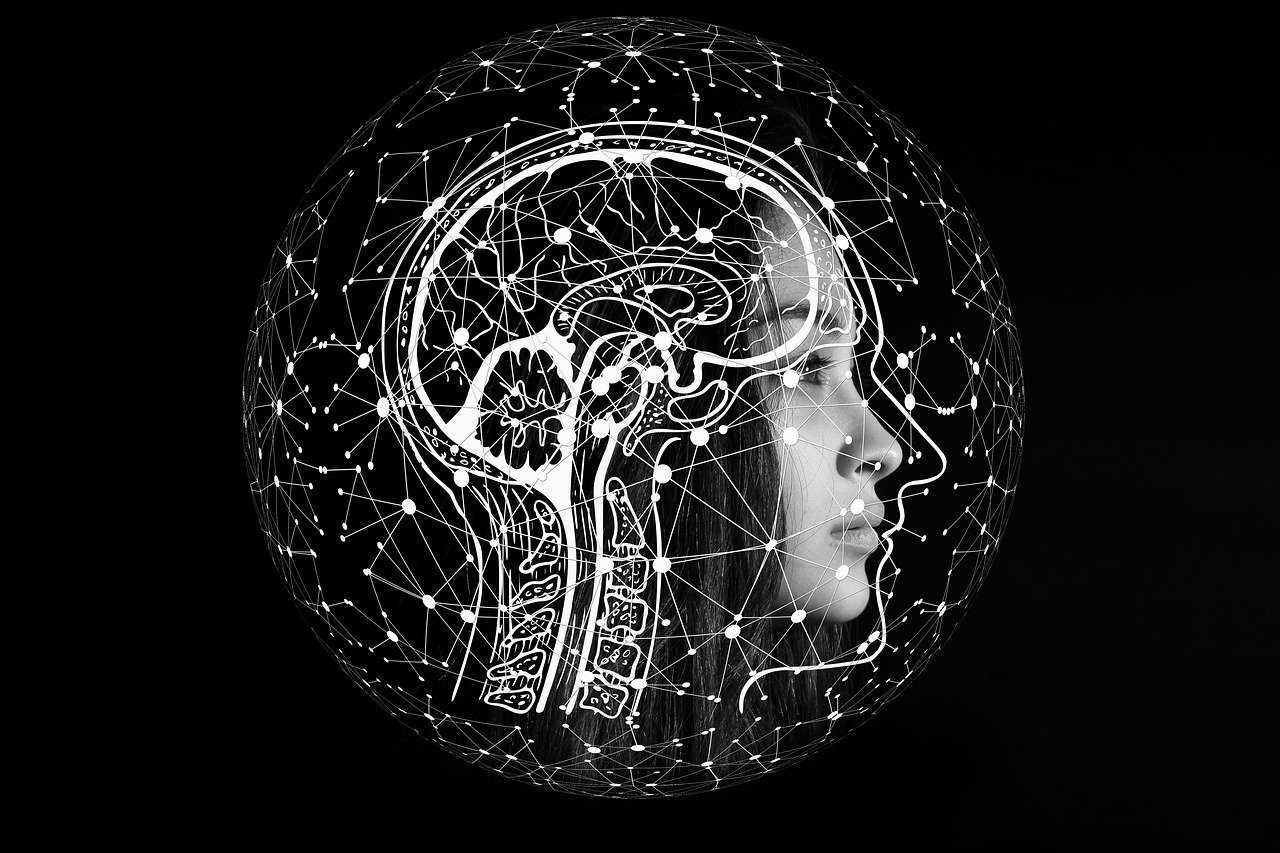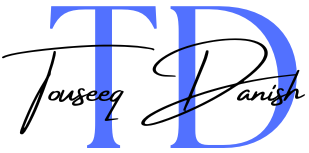Introduction:
History is often written through narratives, but what happens when we analyze the past through data? From medieval tax records to royal correspondence, data science is uncovering hidden patterns about monarchs, power, and society. In this post, we’ll explore how data-driven insights are reshaping our understanding of history with a special focus on the queens who ruled (or influenced) the British Isles.
The Data Science Revolution in Historical Research
Data science isn’t just for predicting stock prices or optimizing algorithms. Historians and data analysts are now collaborating to:
- Digitize archives: Transforming handwritten manuscripts, like Queen Elizabeth I’s letters, into searchable datasets.
- Analyze social networks: Mapping relationships between royal families, advisors, and allies using tools like network graphs.
- Predict historical trends: Using regression models to study the economic impact of queens regnant vs. consort.
Case Study: A 2023 study applied natural language processing (NLP) to Tudor-era documents, revealing how Catherine of Aragon’s letters strategically emphasized loyalty and diplomacy during her divorce crisis a masterclass in crisis communication.

What Queens Teach Us About Data Storytelling:
Queens like Elizabeth I and Victoria were adept at leveraging information to consolidate power. Their strategies mirror modern data principles:
- Elizabeth I’s Propaganda Machine: The “Cult of Gloriana” used portraiture, poetry, and pageantry to shape public perception a 16th-century version of sentiment analysis.
- Victoria’s Census Innovations: The 1851 UK Census, championed by Prince Albert, laid the groundwork for demographic analytics. Victoria’s reign saw data collection evolve into a tool for governance.
Modern Lessons: Just as queens curated their image, businesses today use data to refine branding and audience engagement.
3 Data Science Projects Inspired by Royal History:
- Predicting Rebellion: Could machine learning have foreseen Boudicca’s revolt against Rome? By analyzing Roman tax records and troop movements, models might identify tipping points for unrest.
- Royal Health Analytics: Scrutinizing historical diets, medical records, and lifespans of queens consort (like Anne Boleyn) to study healthcare trends in Tudor England.
- Cultural Impact Analysis: Using NLP to compare how Scottish vs. English pamphlets portrayed Mary, Queen of Scots, and Elizabeth I.
Toolkit Ideas: Python’s Pandas for dataset cleaning, Tableau for visualizing royal trade routes, or TensorFlow for handwriting recognition in ancient manuscripts.
Queens of the Isles: A Data Goldmine for Analysts
For data enthusiasts craving historical datasets, Queens of the Isles offers rich inspiration. Dive into their deep dives on monarchs like Matilda of Scotland or Eleanor of Provence, and ask:
-
How might clustering algorithms categorize their governance styles?
-
Could time-series analysis reveal patterns in their political alliances?
Conclusion: The Future of History Is Interdisciplinary
Data science doesn’t dilute the drama of history it amplifies it. By merging analytics with archival research, we gain fresh perspectives on figures like Elizabeth I or Victoria, revealing how their choices shaped nations. Whether you’re a data scientist or a history buff, the past is a frontier waiting to be decoded.
Call to Action: Explore the stories of Europe’s most formidable queens on Queens of the Isles, then try your hand at a royal-themed data project. Who knows? You might uncover the next great historical insight.
